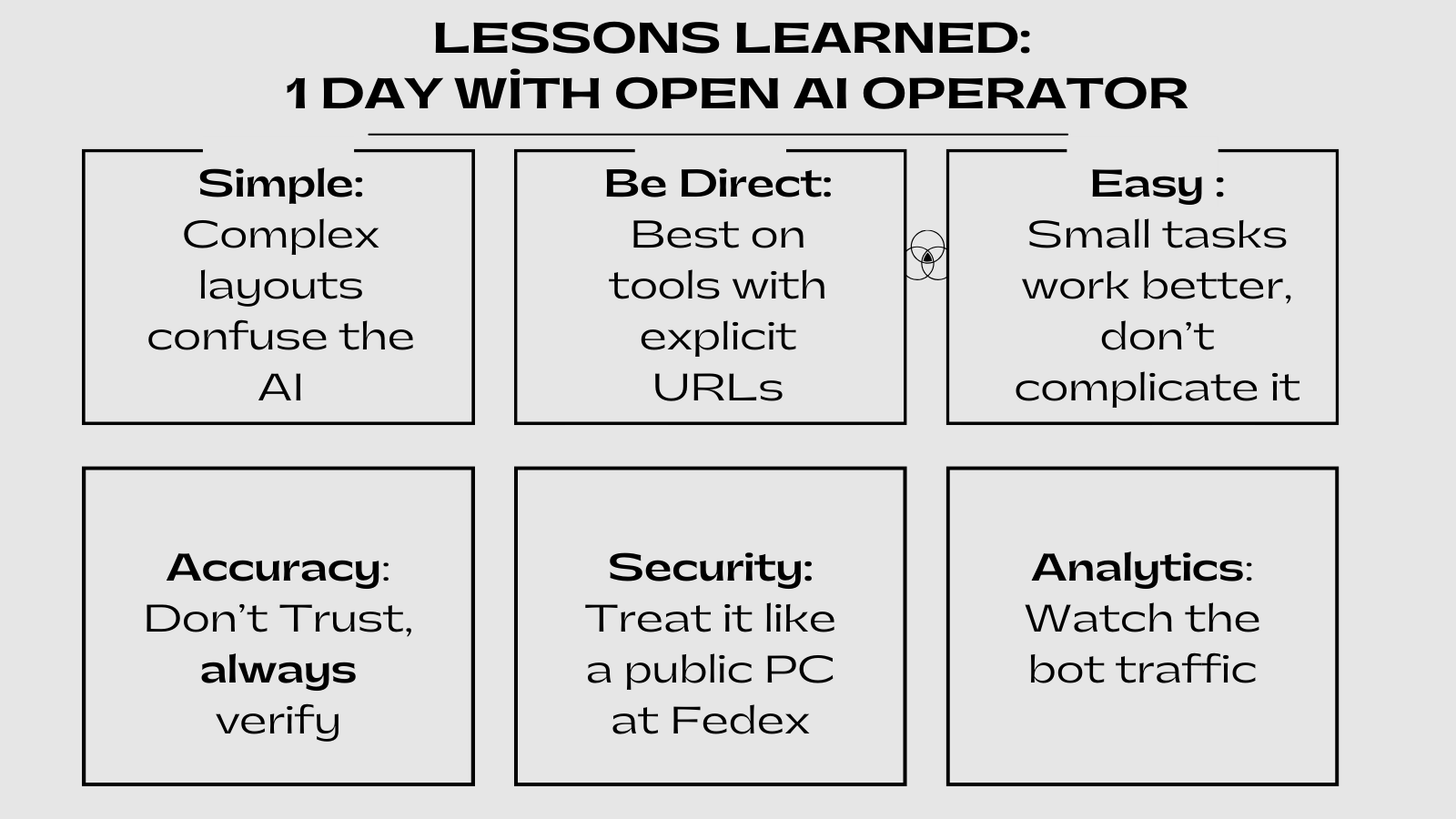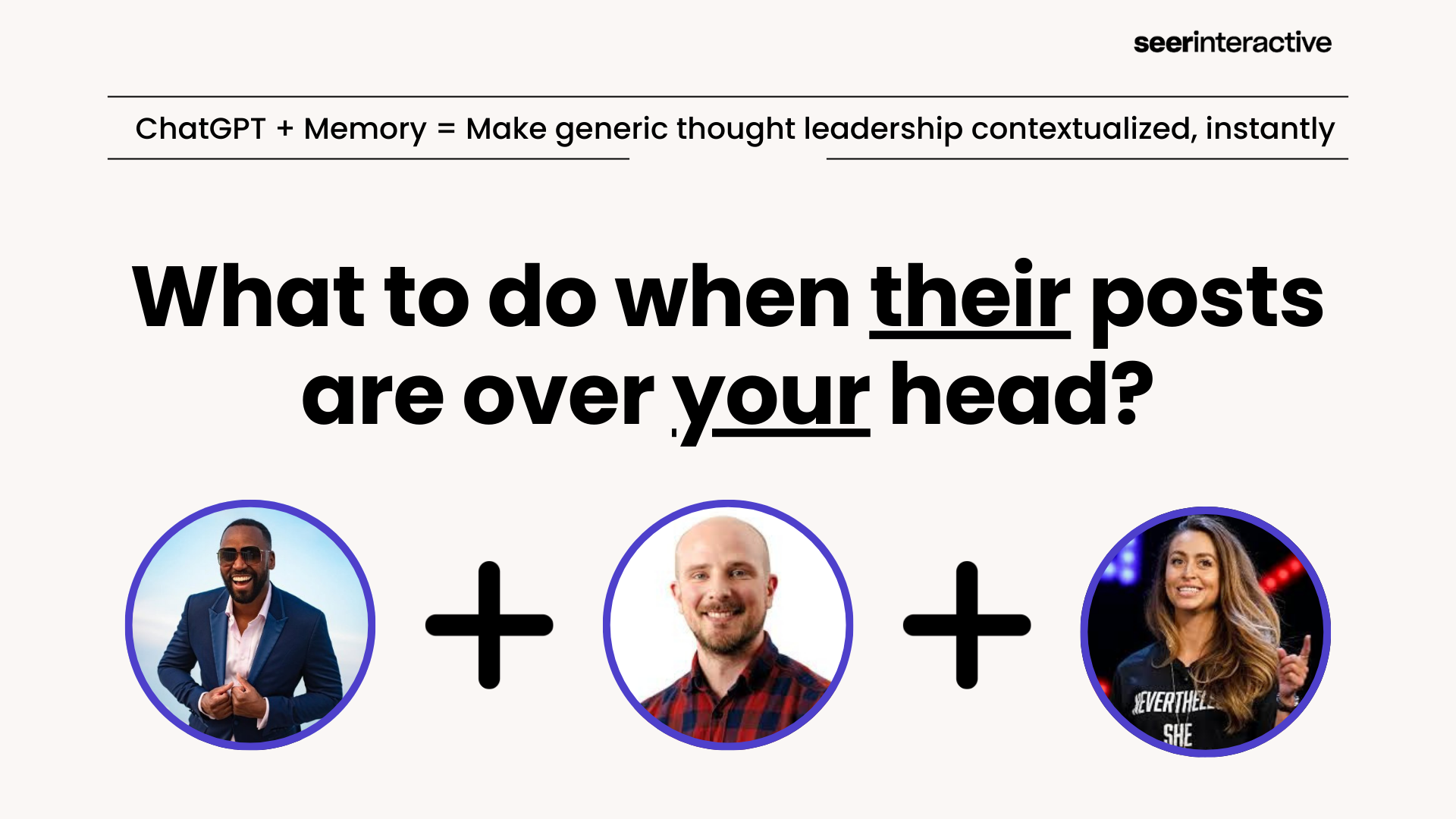Warning: I am a search professional and I am a hawk on how we manage client ad budgets, I am not a programmatic guy, but I do have common sense. I don't know everything, and might be wrong in some places, just let me know, but I'll never stop trying to find every way to help us help our clients efficiently manage spend.
How can I make the CMO bulletproof to the CFO?

I sat with this post and that phrase and challenged myself to think...how might I use my skills and talents to help my clients CMO's make more inroads with the CFO? How could I be better there? I had a ton of ideas, but one was to update my approach to how we watch out clients backs across paid search and programmatic. So this is my deep dive on how you too can use basic tools to see if you can give your CMO a card to play with the CFO...dropping fake converting sites from your programmatic strategy with a tool that costs $49/mo.
In my run, I found almost 1 million in inefficient spend on MFA sites across our client base who share this data with us. So I figured I'd share with you all exactly how I did it. It took me 2 hours.
The stats on programmatic ad waste:
Did you know that only 36 cents of every $1 that enters a DSP reaches the consumer?
In December of 2023 the ANA (Association of National Advertisers) dropped that stat and several others about the state of programmatic budget waste & inefficiency, here are some other metrics that highlight the scale of the issue.
- 20% increase in ad spend productivity in programmatic is attainable If advertisers were able to manage inventory based on its quality.
- 21% of impressions and 15% of spend were deployed on “Made for Advertising” websites (MFA).
- In the Programmatic Benchmark Survey (abstract) (PDF) asked, “Does your company track the number of websites used for a typical programmatic campaign?”
- 46% do
- 39% don’t
- 15% don’t know
My take is that over 50% of marketers have no idea where their ads are showing up. It seems like the biggest actions are taken when ads show up next to "bad content" but if ads show up next to fake websites, everyone kinda shrugs.
Only 8% of companies spending on programmatic even track the amount of spend on Made for Advertising websites, meaning 92% have no idea where their money is being spent, they just know that overall they are hitting numbers.
For one advertiser in the study they were spending over 40% of their budget on MFA sites!

When this study on programmatic fraud was done many of the big players did not participate, Google DV360, Yahoo, Amazon, Pubmatic, The Trade Desk, etc to name a few.
More friction - agencies & legal

As you can see above of 67 advertisers who wanted to participate 23 couldn't due to legal. But still 23 couldn't due to agency friction. This came from page 45 in the study, brands don't have the access to the data yet they are forking over the money to do the ads.
"The most common explanation is simple: if brands don’t own their supply contracts attached with specific data rights, or require their agency to obtain access to such data for them, then they are blocking themselves from turning relevant data into valuable information to optimize decision-making."
I have seen this a LOT over the years…
For advertisers, size of budget could be part of their "power" if they can hit goals then for too many the incentive is to get bigger, not smaller budgets.
Agencies don't always fight for transparency for their clients with the platforms, meaning when the advertisers finally see posts like these that allow them to take action, they find out they have no access to the data.
Aligning these groups on why it is important to spend more wisely on marketing is critical.
Open sourcing how we protect our clients
We are always on the lookout for ways to use data from one channel to assist another channel in being better for our clients and their customers.
5 years ago we sounded the alarm on parked domains masked as “search partners” resulting in hyper inefficient spend & on an analysis of 331 thousand display placements where over 50% didn’t pass our quality checks.
4 years ago during the pandemic when parents were handing over tablets for kids to do YouTube lessons at record paces, we started see kids “clicking” on ads for B2B clients - here was our YouTube placement analysis as well, where we found 3000+ kids channels taking chunks of client budgets on programmatic buys.
Below we're re-visiting the approach step by step to show you how to get more efficiency in your budgets.
How we got here, a very simple explanation…
Something that is painfully obvious with the way these platforms work is that there are millions of websites, heck billions where your potential customers could be, trying to find them all and bid on them all and attribute who drove what conversions would be an administrative and technological nightmare. In steps programmatic.
Google and many other platforms make it easy for you by partnering with these sites and aggregating the ability for you to buy and manage in one place.
Google partners show you the “quality" sites but most are garbage.
Information asymmetry everywhere
Buyers need to understand the dynamic of information asymmetry in programmatic advertising and take steps to close the information gap.
You were sold visibility on sites like nytimes.com and got 10beasts.info and playbaub.com


We saw approximately 25x more spent on "low quality" sites than the high quality ones.
Lets look at one example of how these look head to head
Britannica.com - $3k in spend, 551 conversions.
Playbaub.com $41k in spend 700 conversions.
Now you go to those sites and tell what you think.
The problem is about to get much worse, but a solution is easy and cheap.
How a little SEO tool can be an unlock to fight programmatic waste, MFA websites.
Step 1: Get all the websites into a spreadsheet
Get the domains into an excel sheet. Beware of that asymmetry of information we discussed before, there is no incentive for the platforms to give you this data, it is your spend, so fight for transparency.
Ideally you want the domain, how many clicks, impressions, and if possible conversions, but even if you only get the domains you can keep on moving.
Step 2: Score every domain, with Majestic a $49/mo tool.
Majestic’s SEO tool has been around and trusted for 20+ years, while other tools have become more comprehensive, this product has stuck to doing 1 thing very well, indexing the web and placing a value on those domains & pages.
Majestic claims to have 4 trillion URLs in their historical index, so it is cost effective enough and comprehensive enough to likely pick up on many of the sites.
Below, you can see that you can upload up to 1 million URLs or domains at a time, and given the pricing it doesn’t cost very much to do these programmatic audits every month, and if you can build a little program to use their API, you can automatically scale checking and excluding these domains. But doing this programmatic audit manually takes maybe 2-3 hours to set up the first time, and 30 minutes going forward.
My preference is once the analysis runs to include the following metrics (for more detail go here) from Majestic to score the domains coming from my advertising placement reports from Google and other platforms:
- trust flow
- citation flow
- referring links
You may choose to use their other metrics but I find these 3 keep things simple and let me run quickly.
Step 3: Join CSV's together using Power BI, Looker, or Tableau
File 1: Domains / URLs from the platforms (The Trade Desk, Google Ads, DV360, etc): domain, cost, impressions, clicks, conversion
File 2: Domain metrics from majestic: domain, trust flow, citation flow
You will have to do a little data cleanup, get rid of all of your http, https, www. Etc in your domain names, so you can do a clean join, once you join the two, you now have all your data brought together in one view, domain spends and scoring (this is the power of using tools across channels to help one another, in this instance SEO tools are being used to help control programmatic ad waste).
Step 4: Find the made for advertising sites quickly
MFA sites have a pattern that is easily discernible, they rarely rank for any keywords of value, they look like sites you would never visit, old copyrights, etc etc. Take a look at this site, nabbing 9,000 in spend and driving 105 “conversions”.
Drop a few of those domains into tools like Moz, Ahrefs, or Semrush, you’ll see low scores on brand and keywords ranking, do these look like those high quality sites those programmatic providers listed in their pitch?
Now that you have a list, please don’t just run excluding them all that are under a certain score. Test your gut.
Look at the websites, eyeball them, I think this is an important part of auditing programmatic sites, because it will make you more skeptical and maybe downright furious that the only people making money are the fraudsters, the platforms, the agencies, all on your dime. It will make you a better buyer of media.
Look at this site, does this look like a site worth spending $24,421 on, even more, does this look like a website that would drive 1159.79 conversions?
You want to eyeball a few of these just to make sure they fit the pattern. How could a site with no links, no rankings, and no paid data get that many conversions in the last 12 months?
Step 5: What you can do to ensure you are spending your budget more wisely
I got with Brittany Sager to get her take on where I might be getting this approach to finding waste wrong…she said, broadly you are right, but there are some nuances and ways to avoid this, here was her take:
1 - There my not be malice here - Maybe publishers may not be “fake” converting but the ad agency running programmatic campaigns or the client may have misconfigured conversion events incorrectly and what she’s seen is clients have at times made low level events “conversions”.
2 - Performance Max limits publisher transparency in your campaigns. So to get those domains back, find Mike Rhoads & follow him on how to use his PMAX scripts.
3 - Use audience lists to only show your ads on publishers / domains where people have either visited your site, been in your newsletter, or some other qualifying step to tell the programmatic platforms that this person is worth showing my ads to based on our previous history. This might help you avoid showing up on sites that no people are visiting.
Also shout out to Kurtis Nysmith who brought this to life for me across our MCC.
AI & AI agents are coming, and that makes this problem even worse!
AI agents will eventually be able to build websites & content as the time to build and launch a site drops to 10 minutes in an AI world, you can maybe see where this could end up...more waste, as someone could build a long tail of websites automatically that just take small chunks of your budget that you’ll never notice or be able to catch up to, until now :)
We're ready.
I am a search and content guy, not a programmatic analyst so I could be way off on a lot of things here please educate me.


